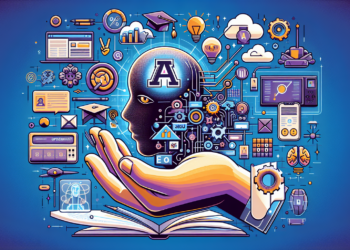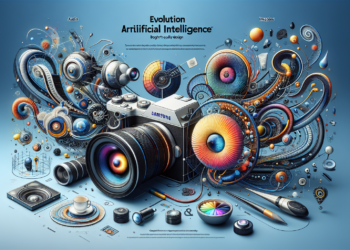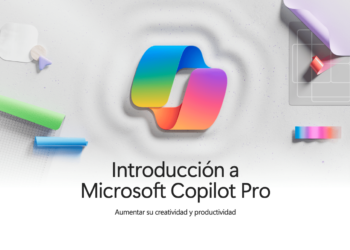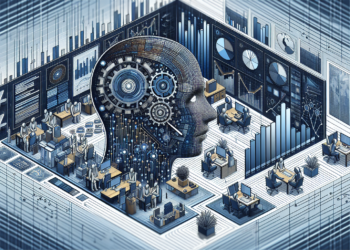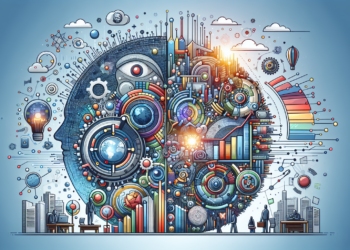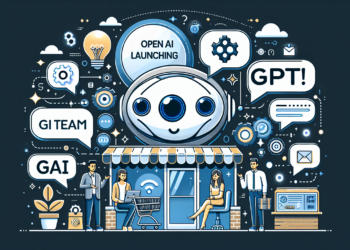At the forefront of technological innovation, OpenAI, a leader in artificial intelligence (AI) developments, has established a groundbreaking agreement with media giant Axel Springer. This deal promises to reshape the landscape of news content creation by integrating ChatGPT, an advanced AI platform, into editorial workflows.
Fundamentals of ChatGPT and Editorial Applications
ChatGPT, a product of years of intensive research, is a natural language processing (NLP) model based on the Transformer neural network architecture, widely recognized for its ability to understand and generate text coherently. ChatGPT’s significance as an editorial tool lies in its ability to synthesize large volumes of information and produce text content tailored to a specific context.
Compared to previous models such as GPT-2 and its predecessors, ChatGPT stands out for its sophisticated attention mechanism that enables it to maintain coherence in extended dialogues, an essential attribute for creating news articles. ChatGPT’s functionality extends to automated content curation, news summaries, and even assistance in crafting attention-grabbing headlines.
Integration Process and Synergy
For the effective implementation of ChatGPT at Axel Springer, critical aspects such as the adaptability of the model to the editorial styles of various publications and the accuracy in handling current news have been considered. Here, supervised machine learning and real-time feedback systems play a key role, allowing ChatGPT to learn from experienced editors and adjust its text generations dynamically and iteratively.
Additionally, sentiment analysis and bias detection in AI-generated content are essential control tools in this process, ensuring that the produced news maintains a level of objectivity consistent with journalistic standards.
Recent Advances and Overcome Obstacles
The incorporation of AI in news generation is not without its technical and ethical challenges. One of the most significant hurdles has been the mapping of unstructured data—such as videos, images, and audio—into cohesive narratives. Recent advances in multimodal models, capable of processing and understanding different types of data, have opened the door to more integrated editorial workflows.
Issues of credibility and source verification have also been focal points. Emerging AI technologies that enhance data verification provide an additional layer of reliability to the generated news. Thus, by using blockchain and other distributed ledger technologies, it’s possible to trace the origins of information and ensure its authenticity.
Impact on the Industry and Scalability
This agreement between OpenAI and Axel Springer not only revolutionizes the internal operations of the media corporation but also sets a precedent for the industry. The ability to scale content production without compromising quality opens up a range of possibilities in terms of global coverage and personalizing news to align with the reader’s interests. The role of editors evolves into AI coordinators, content overseers, and upholders of journalistic ethics.
Case Study: Implementation and Results
A relevant case study within this agreement is focused on the editorial team at ‘Welt’, where ChatGPT has been deployed to generate initial drafts of news about financial events in real-time. Preliminary results have shown a decrease in content production times, as well as an increase in the coherence and relevance of reported information, while maintaining engaging and contextually appropriate writing.
Future Projections and Innovative Horizons
Looking ahead, we can anticipate the development of even more advanced AI models, featuring improved reasoning capabilities and a deeper understanding of social and cultural context. We are also on the cusp of a new era in human-machine interaction, wherein collaboration in news content production will become more symbiotic.
In conclusion, the agreement between OpenAI and Axel Springer marks a milestone in the integration of artificial intelligence into editorial practices, opening up a world of possibilities for news content generation and the expansion of informative reach. Future developments will continue to challenge the boundaries of what’s possible in artificial intelligence, ensuring that the news industry keeps pace with technological innovation.


